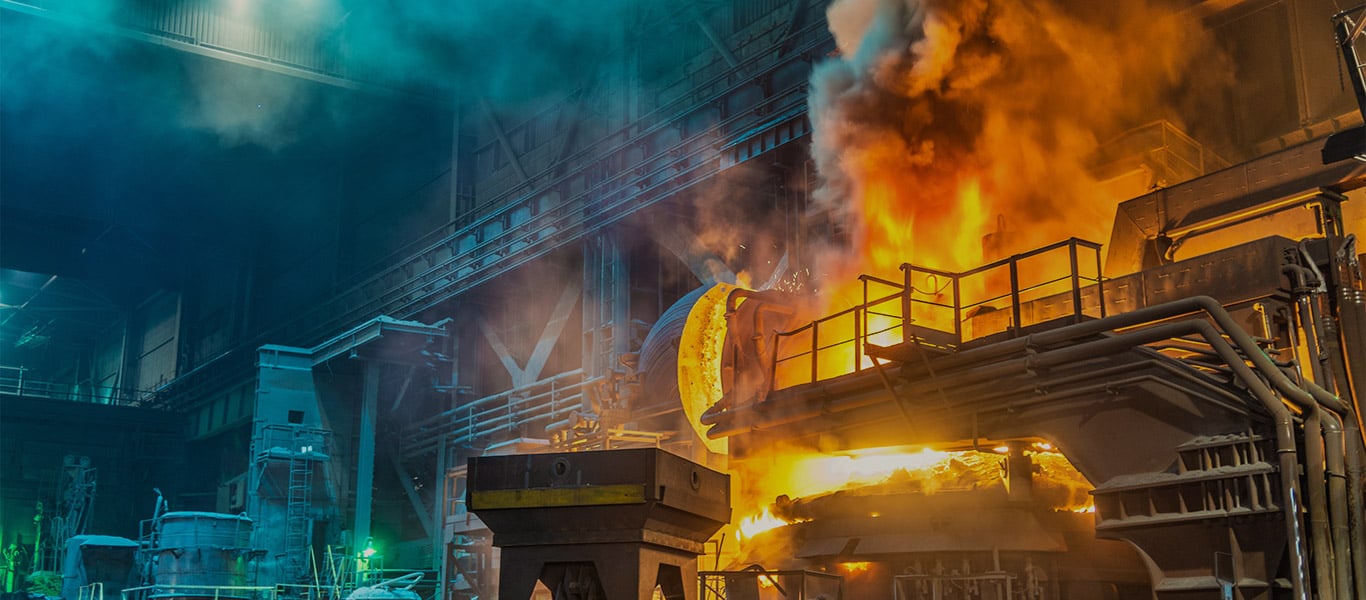
NFPA provides codes and standards designed to reduce catastrophic losses due to fire, electrical and related hazards. Fauske & Associates provides expert support for many NFPA and related standards, including those listed below:
NFPA 652 – Standard on the Fundamentals of Combustible Dust
NFPA 652 details the requirement to complete a Dust Hazards Analysis (DHA) where a facility has explosible and/or combustible dust present.
NFPA 61 – Agricultural and Food Process Facilities
NFPA 61 is used to guide the Dust Hazards Analysis (DHA) where handling, processing, storing bulk agricultural materials, their by-products, or other agricultural dusts and materials.
NFPA 484 – Combustible Metals
NFPA 484 is used to guide the Dust Hazards Analysis (DHA) the reduced risk for process areas where metals are produced, processed, finished, handled, recycled, stored and use of all combustible and/or explosible metals and alloys.
NFPA 664 – Wood Processing and Woodworking Facilities
NFPA 664 is used to guide the Dust Hazards Analysis (DHA) to reduce risk in facilities that process wood or manufactures wood products.
NFPA 654 – Overall Industrial Standard for the Prevention of Fires and Dust Explosions
NFPA 654 is used to guide the Dust Hazards Analysis (DHA) for all other process areas that don’t have their own specific industry standard.
NFPA 499 – Recommended Practice for Electrical Installations where combustible dust are present
NFPA 499 is used to assist in the selection of electrical systems and equipment for safe use in Class II hazardous (classified) locations.
NFPA 68 – Explosion Protection by Deflagration Venting
NFPA 68 applies to the design, location, installation, maintenance and use of devices and systems that vent the combustion gases and pressures resulting from a deflagration within an enclosure to minimize structural and mechanical damage.
NFPA 69 – Explosion Prevention Systems
NFPA 69 is used to guide installation systems for the prevention and control of explosions that contain flammable concentrations of flammable gases, vapors, mists, dusts or hybrid mixtures.
NFPA 77 – Recommended Practices on Static Electricity
NFPA 77 is used to guide recommended practices to identify, evaluate and control static electric hazards for the purpose of preventing fires and explosions.
NFPA 33 – Standard for Spray Applications
NFPA 33 provides requirements to mitigate fire and explosion hazards associated with spray application processes that use flammable or combustible materials.
NFPA 30 – Flammable Liquids
NFPA 30 provides safeguards to reduce hazards associated with storage, handling and use of flammable and combustible liquids
